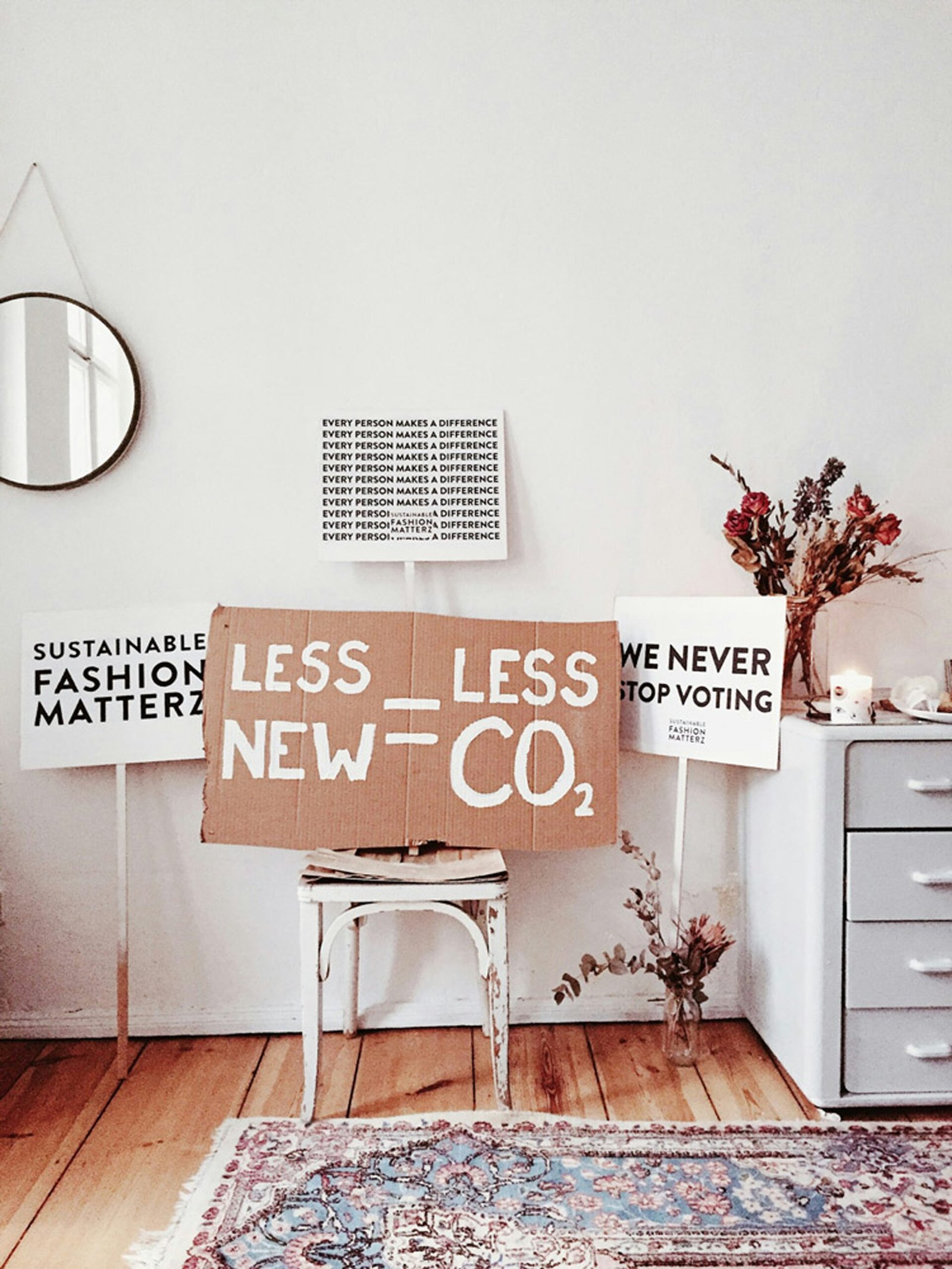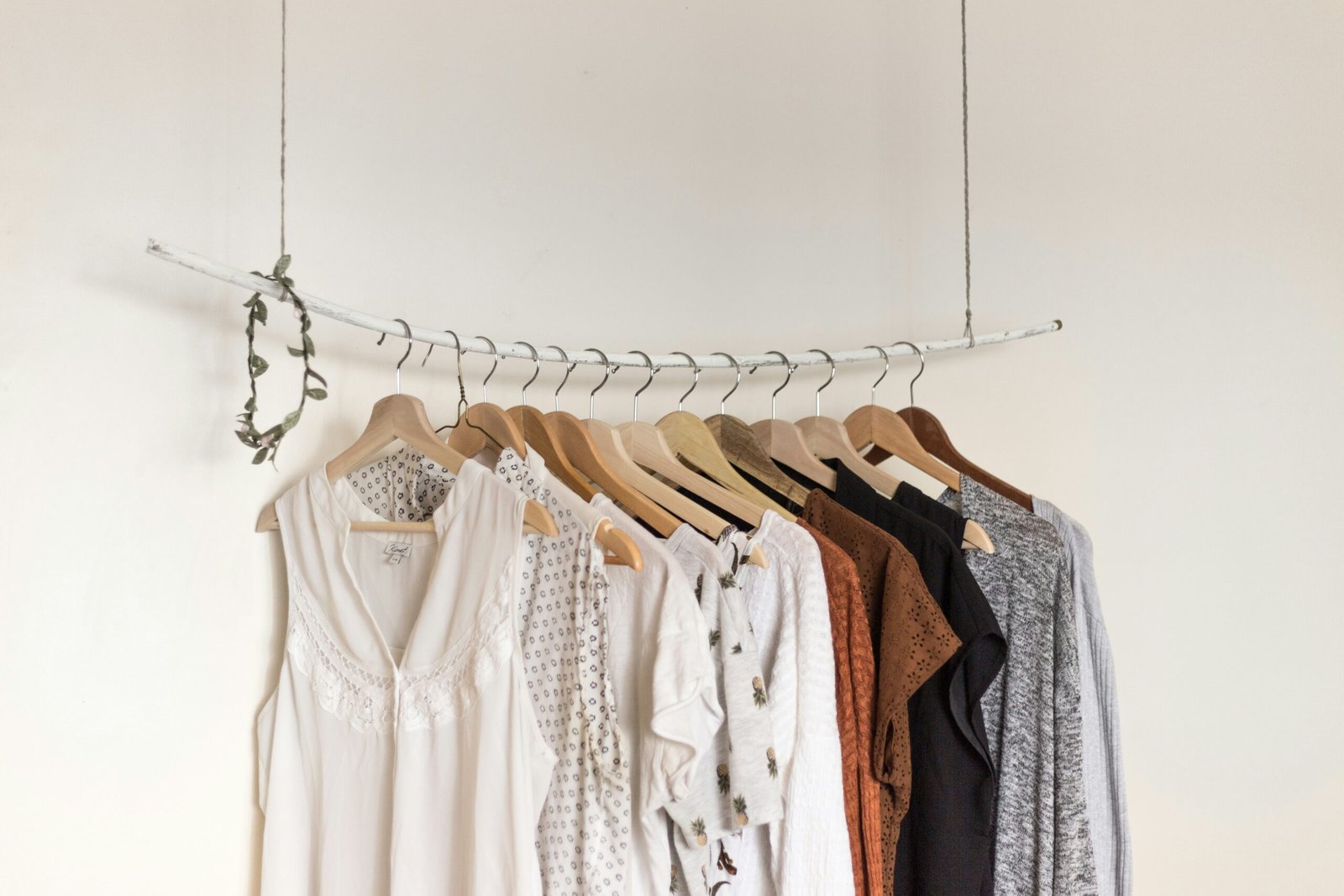In the realm of fashion, color isn’t just a visual aspect; it’s a potent tool that can evoke emotions, express personalities, and make bold statements. The right choice of colors can transform an ordinary outfit into a powerful fashion statement, while the wrong ones can dampen its impact. Understanding the psychology of color and how to wield it effectively can elevate your style game to new heights.
Understanding Color Psychology
Color psychology explores how different colors affect human behavior and emotions. It’s fascinating how a simple hue can influence mood, perception, and even physiological reactions. Here’s a quick rundown of some common colors and their associated emotions:
- Red: Bold and attention-grabbing, red symbolizes passion, energy, and excitement.
- Blue: Calming and serene, blue conveys trust, reliability, and stability.
- Yellow: Vibrant and cheerful, yellow represents happiness, optimism, and warmth.
- Green: Fresh and rejuvenating, green is associated with nature, growth, and harmony.
- Black: Sophisticated and powerful, black signifies elegance, authority, and mystery.
- White: Pure and clean, white symbolizes simplicity, innocence, and neutrality.
Using Color in Your Outfits
Now that we’ve delved into the psychology of color, let’s explore how to incorporate it effectively into your wardrobe:
- Know Your Undertones: Understanding your skin’s undertones (warm, cool, or neutral) is crucial for selecting flattering colors. Warm undertones pair well with earthy tones like terracotta and olive, while cool undertones complement jewel tones like sapphire and emerald.
- Experiment with Color Blocking: Color blocking involves pairing contrasting colors in bold, geometric sections. This technique adds visual interest and can create striking, memorable looks. For instance, pair a cobalt blue top with mustard yellow pants for a vibrant ensemble.
- Accessorize Wisely: Accessories are a great way to inject pops of color into your outfits without committing to a full-on hue. A brightly colored scarf, statement necklace, or bold handbag can instantly elevate a neutral ensemble.
- Consider the Occasion: Different occasions call for different color palettes. Opt for bold, saturated hues for evening events or parties, while muted, pastel tones are ideal for daytime affairs or professional settings.
- Balance is Key: When combining multiple colors in an outfit, strive for balance and cohesion. Pair a bold, statement piece with more subdued neutrals to prevent overwhelming the eye.
- Trust Your Instincts: Ultimately, fashion is a form of self-expression, so trust your instincts and wear colors that make you feel confident and empowered. Don’t be afraid to step out of your comfort zone and experiment with unconventional color combinations.
Conclusion
Color is a powerful tool that can elevate your outfits from mundane to memorable. By understanding the psychology of color and experimenting with different hues, you can create looks that not only reflect your personal style but also evoke the emotions and impressions you desire. So go ahead, embrace the power of color, and let your wardrobe speak volumes without saying a word.







